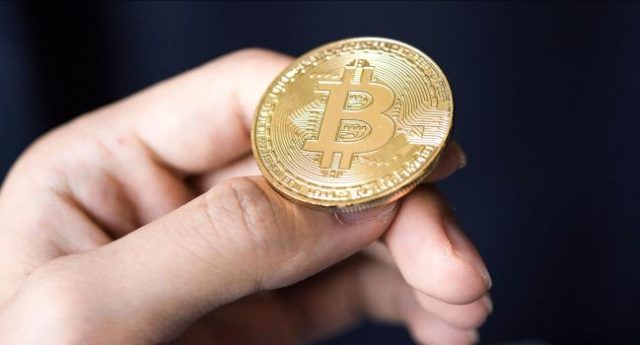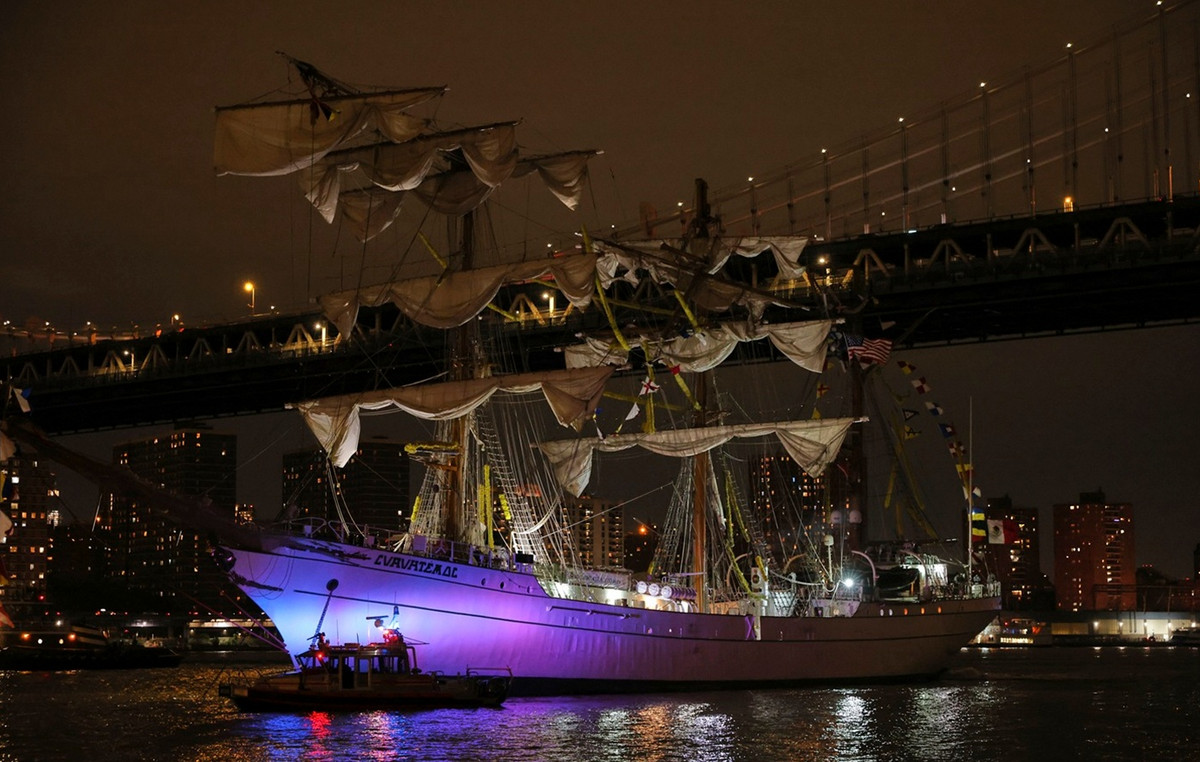Len Edgerly, a 72-year-old podcaster from Cambridge, Massachusetts, has spent the last 14 and a half years talking about his all-time favorite tech product: the Kindle.
Edgerly, who records a weekly podcast called “The Kindle Chronicles,” has spoken to authors, readers, publishing industry experts and Amazon executives – even founder Jeff Bezos, twice – about their appreciation for the e-reader in more than 700 episodes.
“I use the most basic Kindle, which costs less than $100,” said Edgerly, who also said he owned about 30 Kindle devices over the years. “I love how small it is and fits in my pocket. It’s what disappears the most when I read something. It’s like holding back nothing but words.”
Amazon released the original Kindle on November 19, 2007, spurring the publishing industry to further embrace digital books and also kickstarting the e-commerce giant’s hardware efforts.
In the 15 years since then, the technology industry has seen smartphones and tablets grow and overtake the e-reader space, but the Kindle’s e-ink screen, compared to an LCD screen, still attracts fans for offering the most natural reading experience. which makes the eyes less tired.
“The Kindle Chronicles” sometimes manages 2,000 downloads per episode, according to Edgerly, a niche but loyal listener base.
One Kindle group on Reddit has more than 202,000 active members, ranking in the top 1% in terms of size, with users posting what they’re reading and taking pictures of where they take their e-readers.
There are also Facebook appreciation groups, and Kindles have been spotted over the years in the hands of celebrities on vacation or in the background of popular shows like “The Big Bang Theory.”
The e-reader harks back to an earlier era of single-use digital devices, from the iPod to cameras, released in the 2000s, before smartphones became ubiquitous. Its staying power can be a testament to this approach, at least for a certain subset of users.
“A big part of the longevity of these kind of single-use-case devices is that they only do one thing really, really well,” said David McQueen, director of research at ABI Research.
While the e-reader category has shrunk over time — many market research companies have stopped tracking sales, and Amazon doesn’t publicly release Kindle sales numbers — the digital reader continues to see demand as a reading device. for many reasons.
It’s intuitive, can store thousands of books, has long battery life, is lightweight and updates aren’t always needed. Amazon can keep Kindle prices relatively low because the business model is to sell books, not hardware, McQueen said.
The Evolution of the Kindle
The Kindle, which was codenamed Fiona in its early days, sought to provide the best kind of electronic reading hardware at a time when there was nothing else on the market. On the day it was released, it sold out within the first five and a half hours.
“Our supply chain and manufacturing teams have had to scramble to increase production capacity,” Bezos said in a letter sent to shareholders at the time, which was shared publicly in 2017, on the tenth anniversary of its launch.
“We knew the Kindle would have to get out of the way, just like a physical book, so readers can get immersed in the words and forget they’re reading on a device. We also knew that we shouldn’t try to copy every feature in a book – we could never top the book.”
Bezos made good on that promise. Over the years, the Kindle has offered larger screens and touchscreens, the ability to adjust font size and spacing, and better processors and battery life.
It improved its lighting with the Kindle Paperwhite, added waterproofing with the Kindle Oasis, launched a children’s edition, and most recently introduced an electronic pen for writing with the Kindle Scribe.
The Kindle’s specs have also gotten smarter. The battery of the first one needed to be recharged every other day, if wireless connectivity was on and it had an internal storage of 250 MB – enough for 200 medium-sized books.
Now the battery lasts up to six weeks, has 16GB of storage for thousands of books, and weighs 156 grams (almost half the weight of the original). Likewise, the original had access to 90,000 books in the Kindle Store compared to 13 million books in the current store. The original cost was $399; now starts at $99.
Still, the Kindle today is surprisingly similar to the original. Corey Badcock, head of product at Amazon, who joined the company eight years ago, told CNN Business it was a strategic decision.
“Kindle’s vision is that it’s always been about reading a book with the advantages of being digital and portable,” said Badcock. “Year after year, people were telling us they didn’t want device or browser notifications for watching YouTube. […] People love the shrine part; that is free from distractions.”
In 2017, Amazon told CNBC that it sold “tens of millions” of Kindles in the first 10 years. Badcock declined to share updated Kindle sales figures, but said “the business continues to grow and expand.”
Linn Huang, an analyst at IDC Research, believes the most significant part of the Kindle’s legacy is that it helped jump-start Amazon’s development of consumer technology devices. “It’s not so much that the Kindle e-reader is still around, it’s that it launched Amazon as a consumer device maker, and look how far they’ve come in that regard,” she said.
Amazon’s current lineup of hardware devices include the Fire tablet, Firestick media streaming gadget, and Echo smart speaker. Huang believes that the digital reader will likely remain part of this lineup for another 15 years.
“We will still have e-reader fanatics, just as we still have those who prefer paper,” she said. “The more interesting question is whether the Kindle will be widely considered retro technology like today’s vinyl record players or arcades?”
Source: CNN Brasil
A journalist with over 7 years of experience in the news industry, currently working at World Stock Market as an author for the Entertainment section and also contributing to the Economics or finance section on a part-time basis. Has a passion for Entertainment and fashion topics, and has put in a lot of research and effort to provide accurate information to readers.







